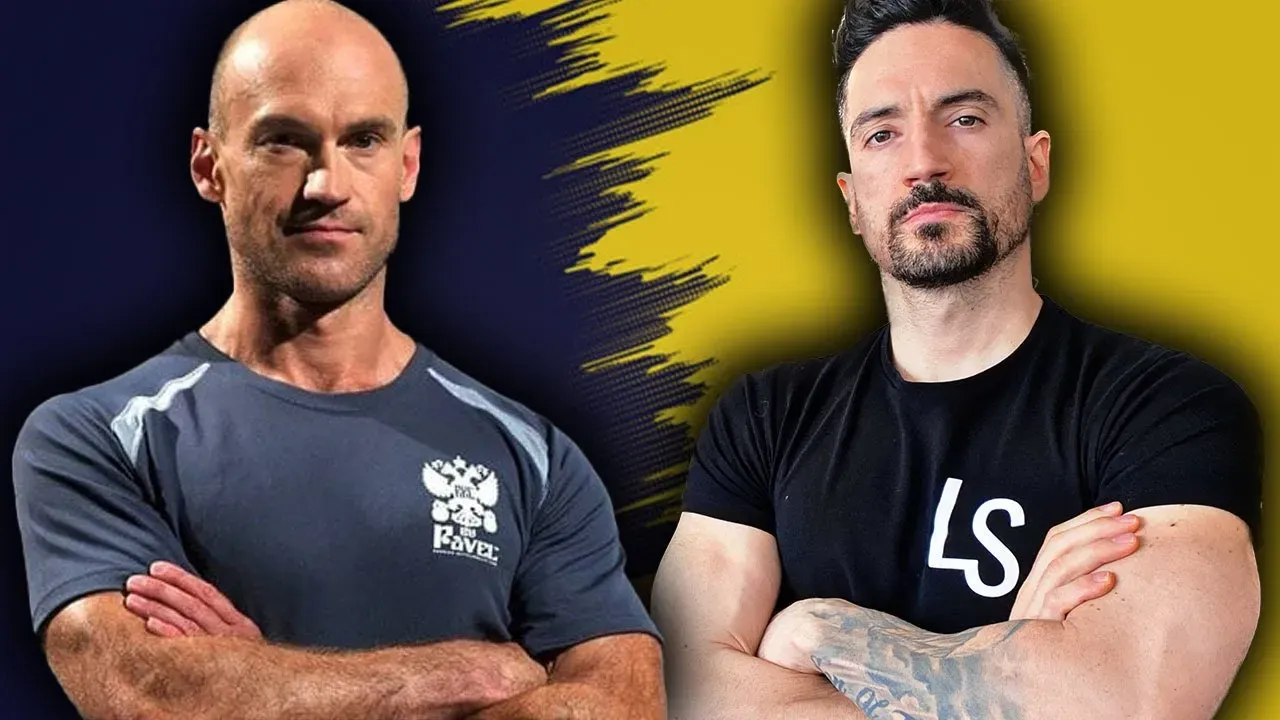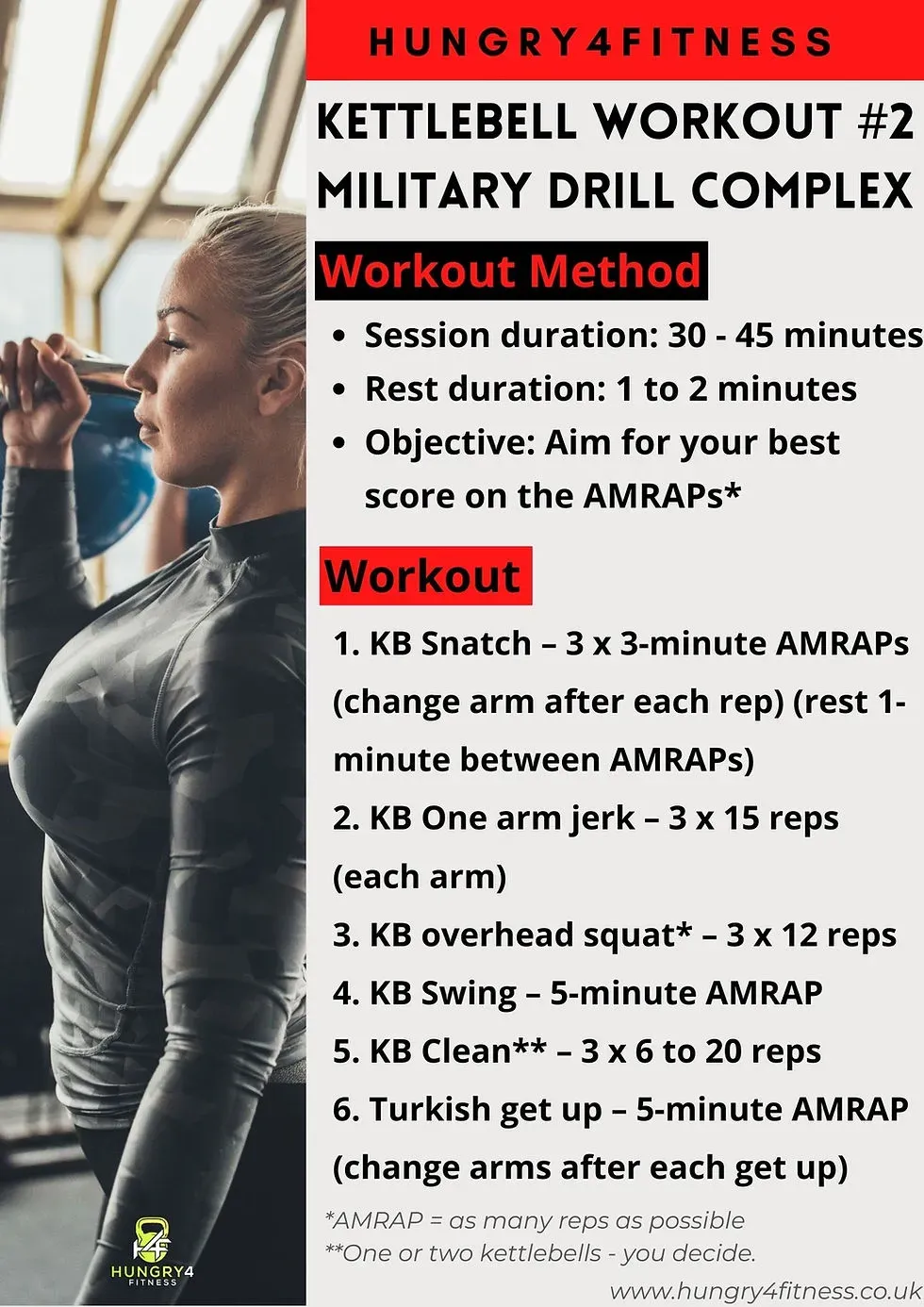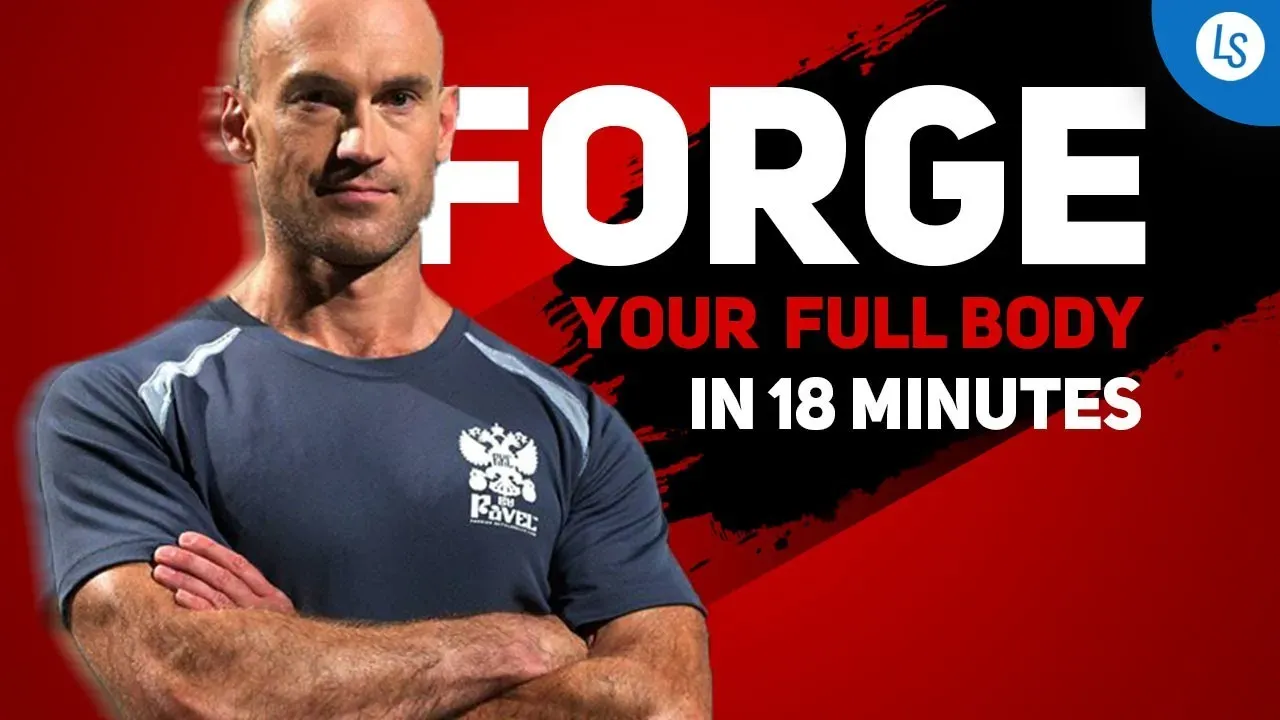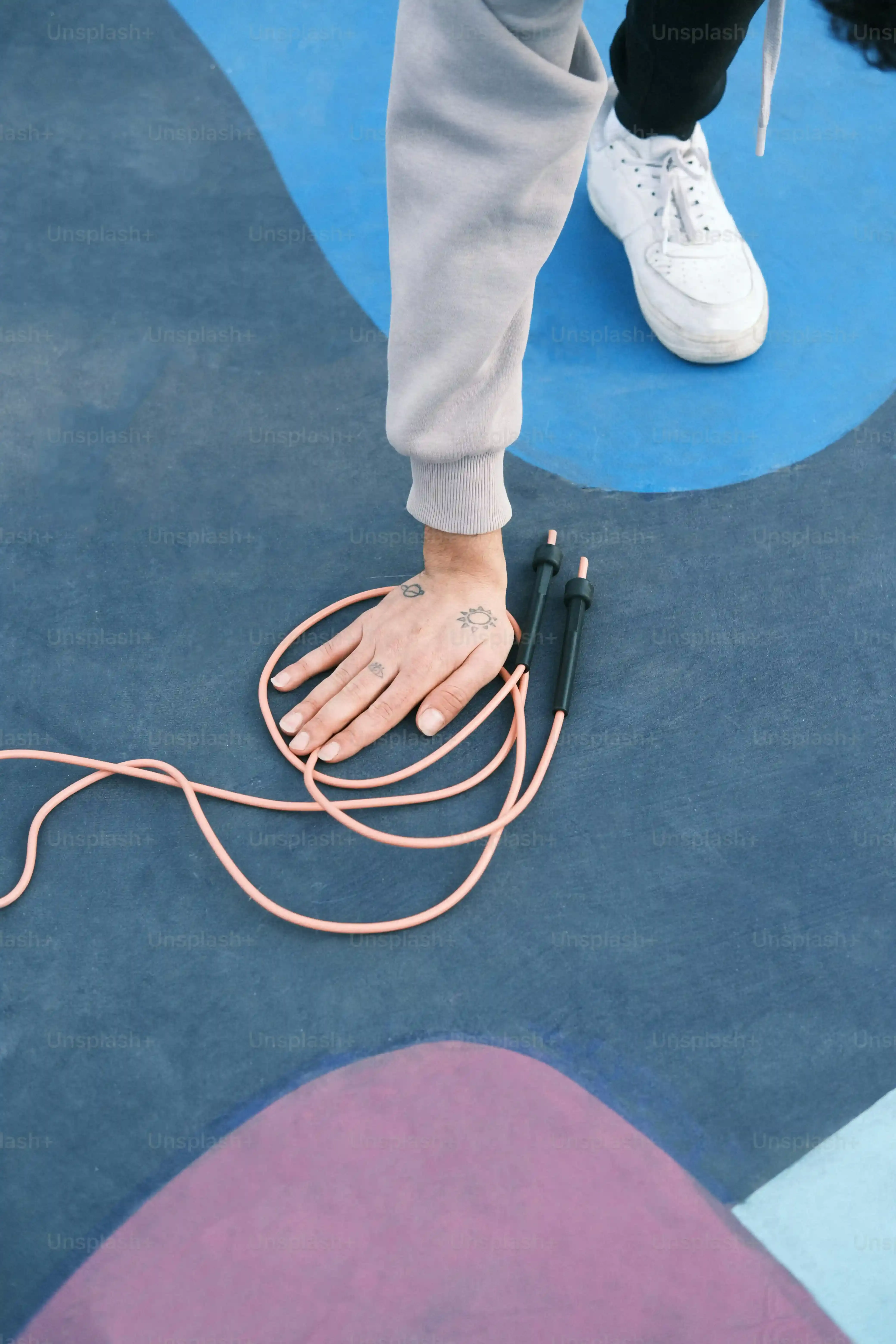Table of Contents
Thinking about getting stronger, but the gym scene feels like a puzzle you don't have the box for? Maybe you've heard whispers of kettlebells and the name Pavel Tsatsouline, known for cutting through the complexity and getting straight to what works. It's true, his approach isn't about fancy machines or endless exercises; it's about mastering the basics for serious results.
Pavel Tsatsouline's Philosophy for Beginners

Pavel Tsatsouline's Philosophy for Beginners
Mastering the Minimum Effective Dose
Pavel Tsatsouline's Philosophy for Beginners isn't about doing everything under the sun. It's the opposite, actually. He talks about the "minimum effective dose" – the smallest amount of work needed to get the job done. For beginners, this means picking a handful of fundamental movements and getting really good at them. Think of it like learning an instrument; you don't try to play a symphony on day one. You practice scales and basic chords until they're second nature. This focused approach builds a strong foundation without overwhelming your nervous system or leaving you constantly sore and discouraged.
The Power of "Greasing the Groove"
Forget slogging through hour-long sessions where you push yourself to exhaustion every single time. A key part of Pavel Tsatsouline's Philosophy for Beginners is the concept of "greasing the groove." This involves practicing movements frequently throughout the day or week, but never to failure. You stop well short of fatigue. This method improves neural pathways, making the movement more efficient and stronger over time, without the heavy recovery demands of high-intensity training. It's like keeping a skill sharp through consistent, low-effort practice.
Prioritizing Recovery and Quality over Quantity
Unlike the "no pain, no gain" mentality often pushed in fitness circles, Pavel Tsatsouline's Philosophy for Beginners emphasizes recovery as much as the training itself. Progress doesn't happen when you're lifting; it happens when you're recovering. For a beginner, this means ample rest between sessions and listening to your body. Training should feel challenging but not debilitating. The goal is to leave the training session feeling stronger than when you started, not completely wiped out. It’s about building sustainable strength, not just chasing temporary fatigue.
Why Kettlebells? The Perfect Tool for Pavel's Method

Why Kettlebells? The Perfect Tool for Pavel's Method
More Than Just a Weight
Alright, so you're probably thinking, "Why kettlebells specifically for this Pavel guy's method?" Fair question. You could lift dumbbells, barbells, even rocks, right? But kettlebells? They're different. It's that off-center handle, that weight distribution that isn't neatly stacked like a dumbbell. It forces your body to work harder to stabilize, especially during dynamic moves like swings or cleans – the kind of ballistic, power-generating movements Pavel loves. This isn't just lifting a weight up and down; it's controlling a moving object, which translates better to real-world strength and athleticism than sitting on a machine.
Mastering Key Pavel Tsatsouline Beginner Kettlebell Workout Drills

Mastering Key Pavel Tsatsouline Beginner Kettlebell Workout Drills
The Cornerstone: The Kettlebell Swing
Alright, let's talk about the absolute king of the Pavel Tsatsouline beginner kettlebell workout: the swing. If you only did one thing with a kettlebell forever, this would be it. Pavel didn't invent the swing, but he certainly popularized its power-generating potential. This isn't a squat with an arm lift; it's a hinge movement driven by the hips and glutes. Think snapping your hips forward like you're trying to jump really high, but instead, you're launching the kettlebell forward. Getting this right is crucial. It builds explosive power in your posterior chain – your glutes, hamstrings, and lower back – which is the engine of most human movement. Spend time practicing the hip hinge movement *without* the kettlebell first. Get comfortable with the motion before adding weight. It's all about precision over brute force.
Beyond the Swing: The Goblet Squat
While the swing is ballistic power, the goblet squat is foundational strength and mobility. Holding the kettlebell by the horns (the sides of the handle) against your chest, you squat down keeping your back straight and chest up. This position helps counterbalance your weight, often making it easier for beginners to achieve a good squat depth than with a barbell. It reinforces proper squat mechanics, improves hip and ankle mobility, and builds strength in your legs and core. It's a perfect complement to the dynamic nature of the swing in a Pavel Tsatsouline beginner kettlebell workout plan. Master your depth and control before trying to go heavy.
What weight should you start with for these drills?
Crafting Your First Pavel Tsatsouline Beginner Kettlebell Workout Plan

Crafting Your First Pavel Tsatsouline Beginner Kettlebell Workout Plan
Starting Simple: The Minimalist Approach
Alright, so you've got the basic moves down – you're starting to feel that hip hinge in the swing and finding depth in your goblet squat. Now comes the fun part: putting it together into your very ownpavel tsatsouline beginner kettlebell workoutplan. Don't overthink this. Pavel's approach is all about simplicity and consistency. We're not building a complex program with dozens of exercises. We're focusing on those foundational movements we just discussed. Think of it as building a basic house frame before you worry about the paint color or the landscaping. The goal is to pick a few key drills, do them well, and do them often enough to make progress without burning out.
So, what does that look like in practice?
Troubleshooting Your Pavel Tsatsouline Beginner Kettlebell Workout

Troubleshooting Your Pavel Tsatsouline Beginner Kettlebell Workout
When the Swing Feels... Off
So you've started your pavel tsatsouline beginner kettlebell workout, you're swinging, you're squatting, and maybe something just doesn't feel right. The swing is the biggest culprit for early frustration. Are you feeling it mostly in your lower back? That's a dead giveaway you're likely squatting the weight up and down instead of driving with your hips. The kettlebell path should be more like a pendulum swinging between your legs, not a front raise. Your arms are just ropes, guiding the bell. Power comes from that sharp, forceful hip extension, like you're trying to snap a towel.
Don't be afraid to drop the weight, or even go back to practicing the hip hinge without the kettlebell at all. Film yourself from the side. Compare it to videos of proper form. It’s not about how high the bell goes; it's about the snap of the hips and the connection to your core and glutes. This isn't just lifting; it's mechanics.
Picking the Right Bell and Finding Your Rhythm
Another common pitfall in a pavel tsatsouline beginner kettlebell workout is using a weight that's too heavy, or sometimes, surprisingly, too light. Too heavy, and your form crumbles instantly, risking injury and preventing you from drilling the movement correctly. Too light, and you don't get the feedback needed to learn the mechanics, especially the float at the top of the swing. For most adult men, a 16kg (around 35 lb) kettlebell is a common starting point for swings, and maybe an 8kg or 12kg for goblet squats. For most adult women, an 8kg (around 18 lb) for swings and a 6kg or 8kg for squats is typical. But these are just starting points; listen to your body and prioritize form.
Are you practicing often enough? Remember "greasing the groove"? If you're only picking up the kettlebell once a week for one long session, you're missing the point. Frequent, low-rep sets are key for skill acquisition and building neural pathways. It's better to do 5 sets of 5 swings throughout the day than one set of 25 where the last 10 are sloppy.
Common Beginner Form Checks:
- Are your hips driving the swing, or are your arms lifting?
- Is your back staying straight during the hinge?
- Are your shoulders packed down, not shrugged up?
- Are you bracing your core on every rep?
- In the goblet squat, are your elbows tracking inside your knees?
Staying Consistent When Motivation Dips
Look, some days you just won't feel like swinging a piece of iron around. That's normal. The magic of the pavel tsatsouline beginner kettlebell workout isn't in heroic, one-off sessions, but in the relentless consistency of showing up and doing the work, even when it's just a few sets. Progress isn't linear; there will be plateaus. Don't get discouraged if the weight doesn't jump up instantly, or if a movement feels awkward one day. Stick to the plan. Trust the process of drilling the movements. Celebrate small wins, like a swing that feels particularly powerful, or hitting your planned sets and reps even when you were tired. This isn't a race; it's a long game of building robust, practical strength that lasts.
Wrapping Up Your Pavel Tsatsouline Beginner Kettlebell Workout
So there you have it. Starting a strength journey doesn't require reinventing the wheel or signing up for some convoluted program. Pavel Tsatsouline's approach to a beginner kettlebell workout is brutally simple: master the fundamentals, be consistent, and respect the process. It's not about collecting exercises; it's about forging strength through focused effort on a few key movements. Ditch the complexity, pick up that kettlebell, and put in the work. You might be surprised how far simple, disciplined practice can take you.